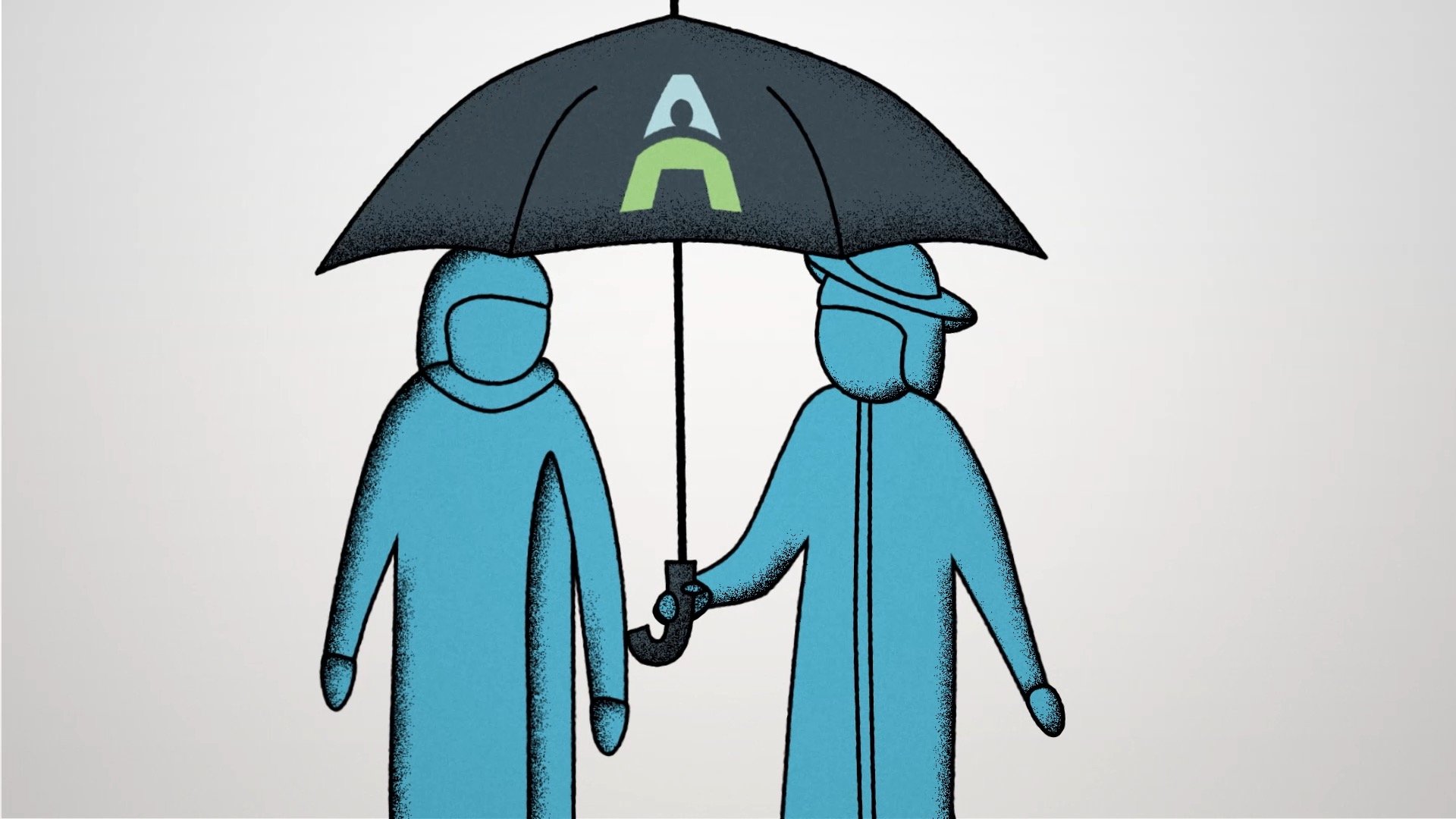The Role of Motion Design in Politics, Advocacy, and Ideas
So what is motion design and how does it play a role in the world of politics, social impact, and ideas?
Motion Design has had a few names over the years: VFX, Motion Graphics, CG, Animation. But essentially, it’s all those wrapped under one umbrella. Think of it as graphic design but with movement, and that comes in all forms and flavors.
Now how does this fit into the world of politics and causes? In a world of ever expanding nuanced ideas and ideologies, rising production and advertising costs, and having the ability to adapt and change quickly, motion design can play a key role in your messaging.
Lets break it down.
1. Illustrating Big Ideas:
Infographics: Motion design can transform complex data, nebulous ideas, and statistics into visually appealing and easy-to-understand infographics. This is crucial for communicating big ideas to a broad audience, simplifying information without losing its impact.
Graphical Illustrations of Diverse Groups: Motion design allows for the creation of diverse and inclusive visual representations. This is powerful in political campaigns, where reaching a broad and varied audience is essential. Visual diversity fosters a sense of inclusivity and relatability.
Being Loud Without Yelling: Motion design enables campaigns to convey powerful messages without resorting to aggressive or loud tactics. Through carefully crafted animations, design principles, and visual effects, a campaign can capture attention and convey passion without relying solely on volume and aggression.
2. Saving Money and Time on Production Costs:
Streamlining Talent and Schedules: Motion design often involves a smaller team and more flexible schedules compared to traditional video production. This allows for more efficient planning and execution, reducing the time and costs associated with coordinating large crews.
Mitigating Uncontrollable Risks: Unlike outdoor shoots, motion design is not dependent on weather conditions. This eliminates the risk of unexpected weather disruptions, ensuring a smoother production process.
Cost-Efficiency: Motion design offers cost savings compared to traditional video shoots. There are no expenses related to permits, locations, equipment, and talent, allowing campaigns to allocate resources more effectively.
Say it With Me: No More Reshoots: In the event of a mistake or the need for changes, motion design allows for easier and more cost-effective solutions compared to traditional filming.
Time-Efficiency: No need to juggle everyone’s schedules and herding creatives. Typically you can find a team that can handle all the production from end to end, without you having to lift a finger.
3. Being Seen as New and Fresh and Innovative:
Constant Evolution of Motion Design: Motion design is inherently dynamic and continually evolving. Campaigns that leverage the latest trends and technologies in motion graphics can present themselves as innovative and forward-thinking.
Diverse Creative Approaches: The versatility of motion design allows for experimentation with various creative styles and approaches. This diversity helps campaigns stay fresh and capture the attention of audiences with different preferences.
4. Adds life to your branding:
Motion Brand Identity: Motion design brings brand assets to life, making them more engaging and memorable. Animated logos, graphics, and other branded elements can create a more dynamic and modern image for a campaign.
Avoiding Stiffness: Motion adds a layer of dynamism to branded assets, preventing them from appearing static or outdated. This flexibility in visual presentation helps campaigns remain relevant and adaptable to changing communication trends.
5. Highly Adaptable in an Ever-Changing Campaign Cycle:
Testing Different Messages: Motion design allows for rapid testing of different messages and visual styles. This adaptability is crucial in political campaigns where strategies may need to be adjusted based on audience responses and changing circumstances.
Making Quick Last-Minute Changes: In a fast-paced campaign environment, last-minute changes are inevitable. A website changes, tweaks in messaging, etc, Motion design facilitates quick edits and adjustments without the need for extensive reshooting, ensuring that campaigns can respond swiftly to emerging issues or trends.
Scalability Based on Budget: Motion design can be tailored to fit a wide range of budgets. Whether running a grassroots campaign or a large-scale initiative, the scalability of motion design ensures that campaigns can allocate resources efficiently without compromising on visual impact.
Could I go on? Probably.
Motion design can be your strongest asset in getting out your message. Yes we are bias, but the practical applications are all there.
If you want to learn more about how to use motion design for your campaign, reach out to cam@kingscollab.com


